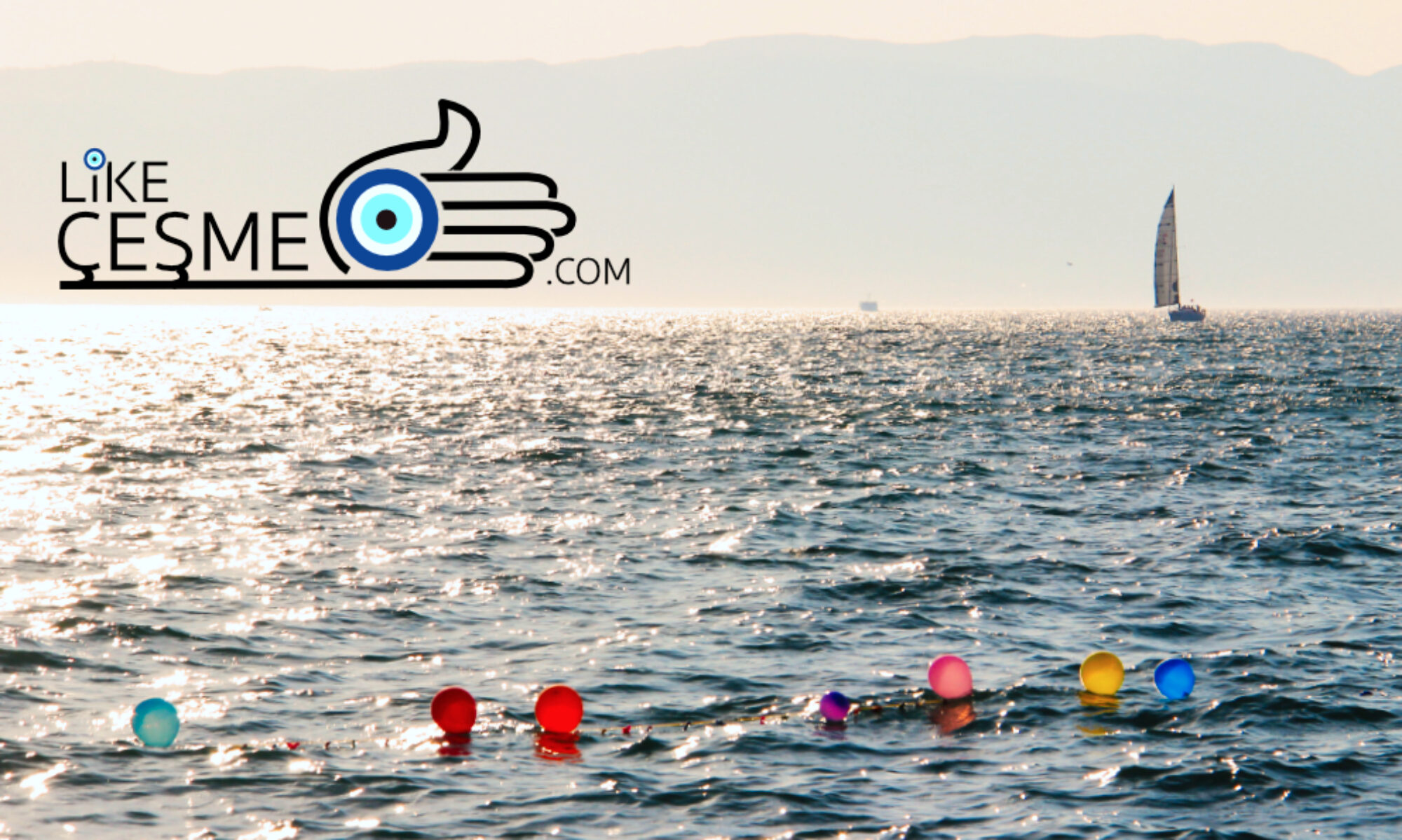Çeşme Bağlararası, an ancient winery, is one of the most important archaeological sites in the Çeşme region, shedding light on its ancient history and early settlement patterns. Located within the modern boundaries of Çeşme, this site has revealed evidence of human habitation spanning thousands of years, making it a fascinating destination for history enthusiasts and archaeologists alike.
Çeşme-Bağlararası is the only place in the world where you can see the straight ash line and tsunami remains of the catastrophic Santorini volcano explosions that occurred 3,600 years ago and are evidenced in writing in China’s Shang Dynasty and scientific studies at the Artic Poles and in North America. This extraordinary line is so vital that it is a time capsule belonging to a specific day in humanity’s history.
Çeşme Bağlararası – Table of Contents
Çeşme Bağlararası Historical Significance
The Bağlararası site provides crucial insights into Çeşme’s history, particularly during the Bronze Age and Classical periods. Excavations have revealed that Çeşme was a thriving coastal settlement with significant maritime activity, likely benefiting from its strategic location near major trade routes of the Aegean Sea. The site’s history ties Çeşme to broader Aegean and Mediterranean civilisations, showing interactions with Minoan, Mycenaean, and later Ionian cultures.
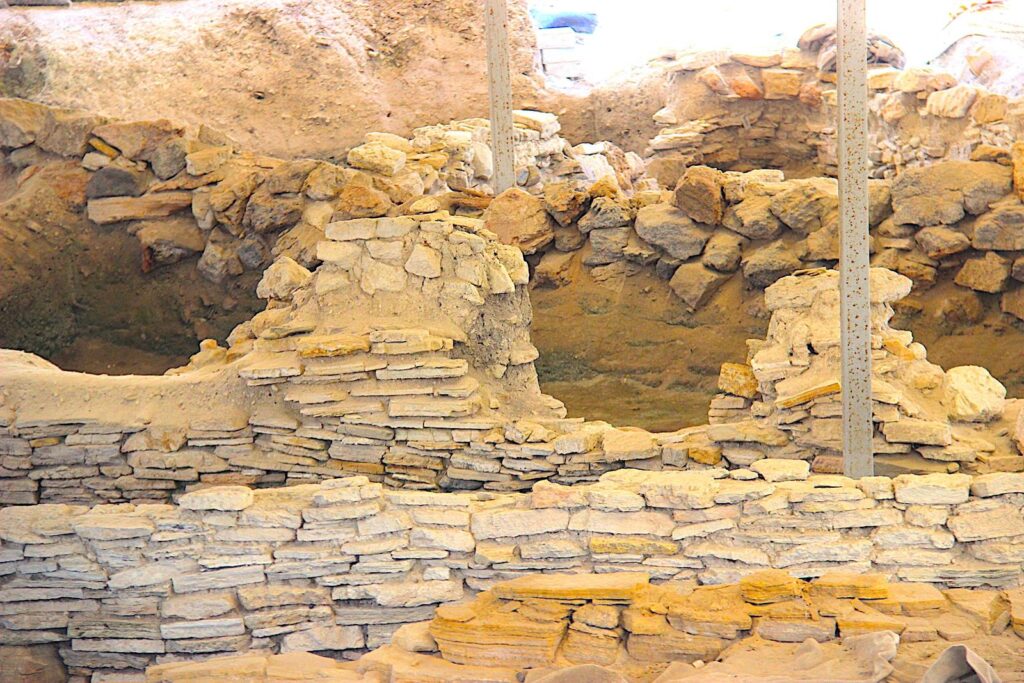
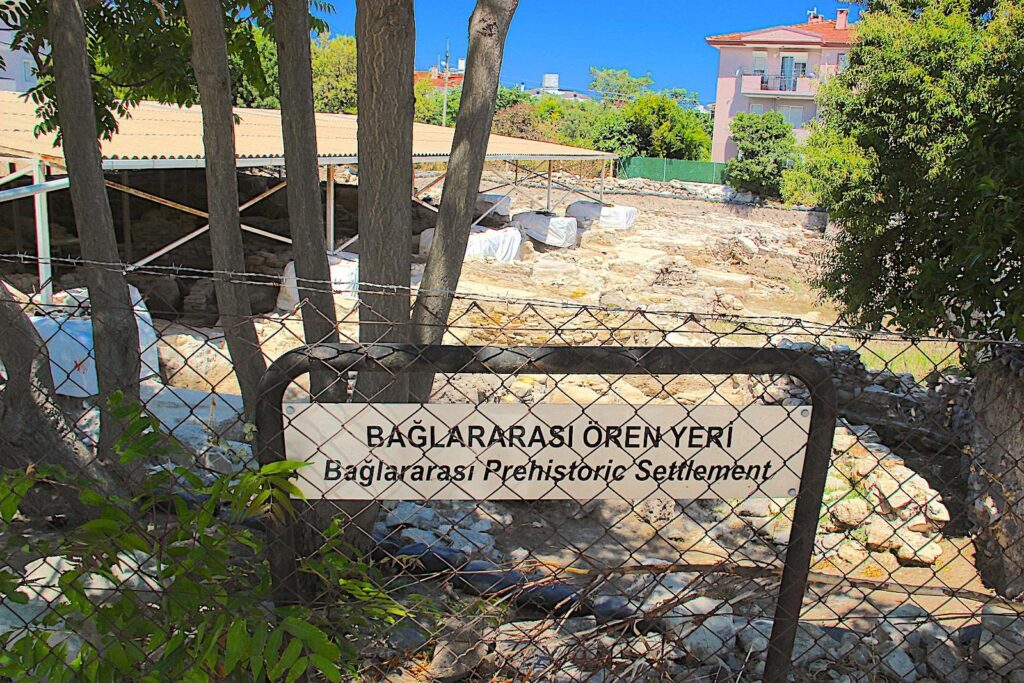
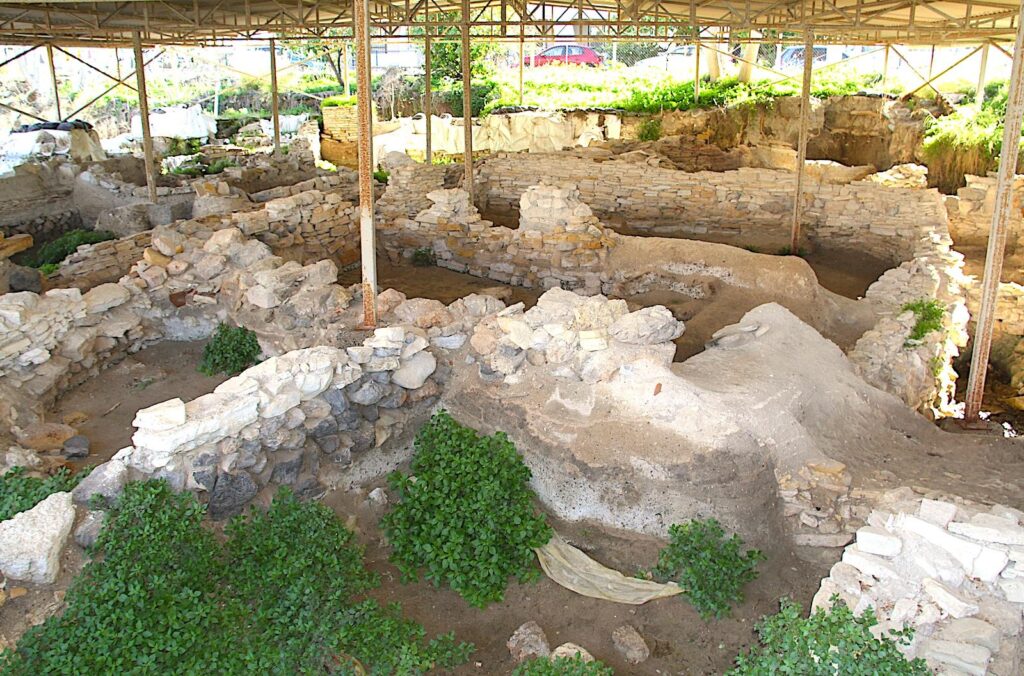
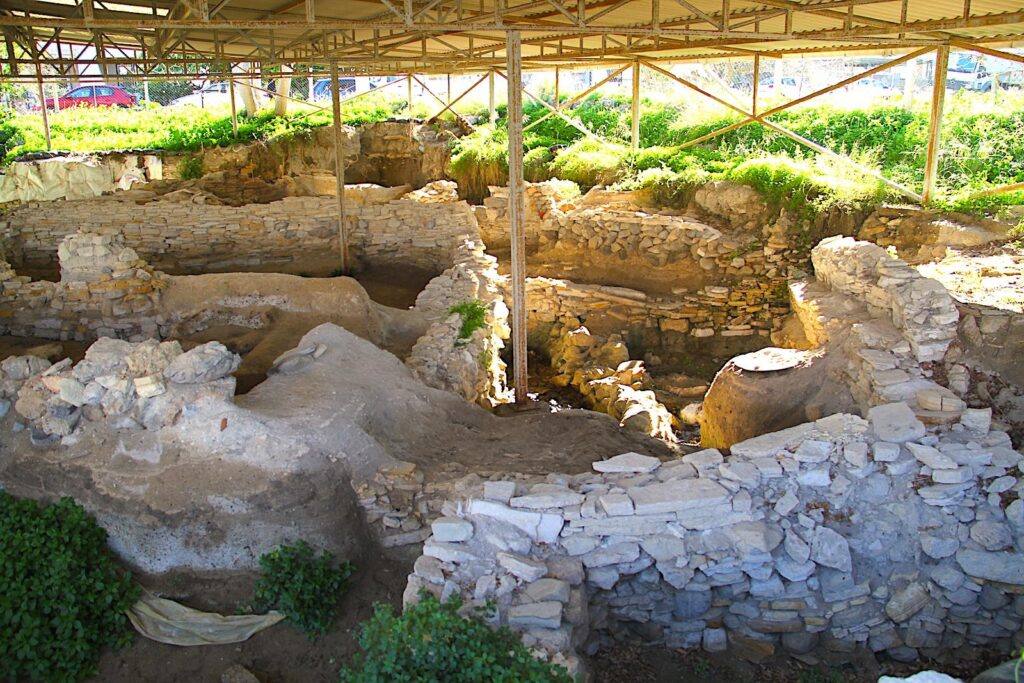
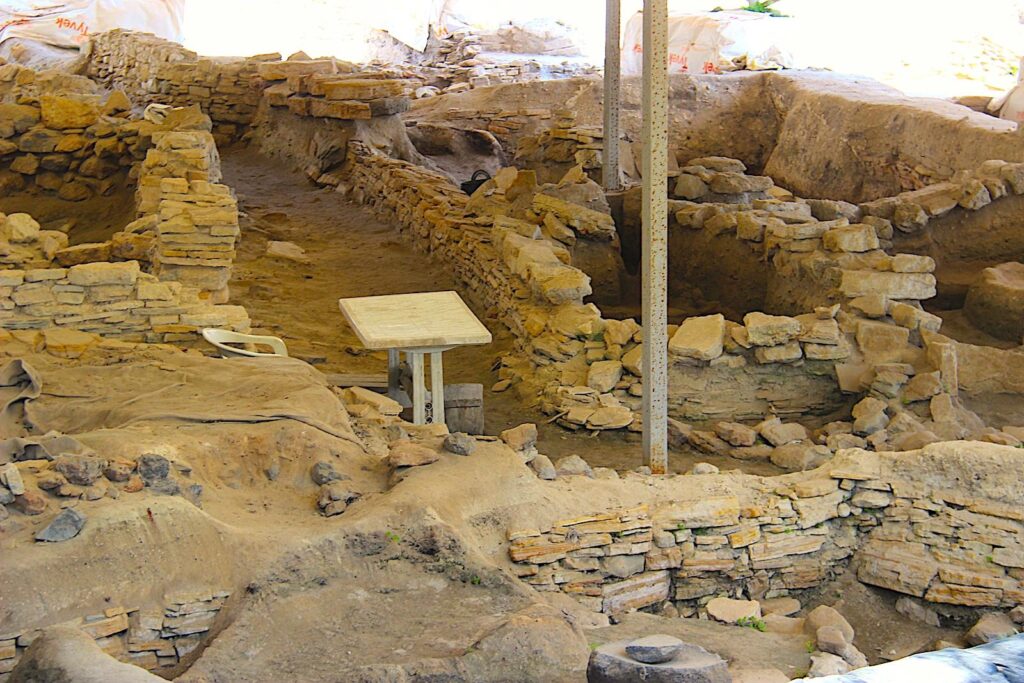
Archaeological Discoveries
The Cesme-Bağlararası project began with a coincidence: while construction was being carried out in 2001, the foundation pits behind the Marina were dug in the centre of Çeşme, and ceramic pieces began to come out from there. The finds are fascinating ceramic samples, which have been found in very few places in Anatolia, which also show a connection with the Cretan-Minoan Civilisation.
Under the supervision of the Çeşme Museum between 2002 and 2005, they excavated in Çeşme-Bağlararası a well-preserved port city with its streets and houses, and a Bronze Age settlement was revealed. This is a region that was settled in both 3000 B.C. and 2000 B.C. After 2005, work there stopped until 2009. In 2009, with the decision of the Council of Ministers, the excavation there was restarted again under the presidency of Prof. Dr. Vasıf Şahoğlu, and these excavations continued until 2019.
Bronze Age Settlement
Archaeologists have uncovered a settlement dating back to the 2nd millennium B.C., demonstrating that Çeşme was inhabited during the Bronze Age. Artefacts like pottery, tools, and storage vessels indicate that Bağlararası was an agriculture and maritime trade hub.
Bronze Age settlement artefacts dated to 3000-1200 B.C. uncovered at Çeşme Bağlararası on display at Çeşme Castle Museum:
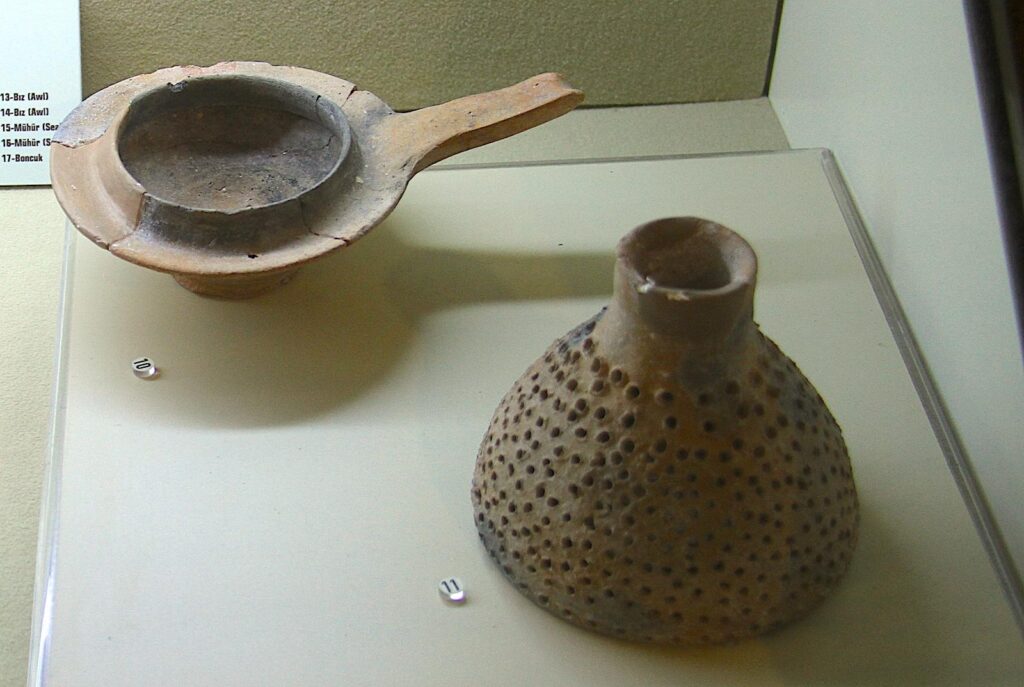
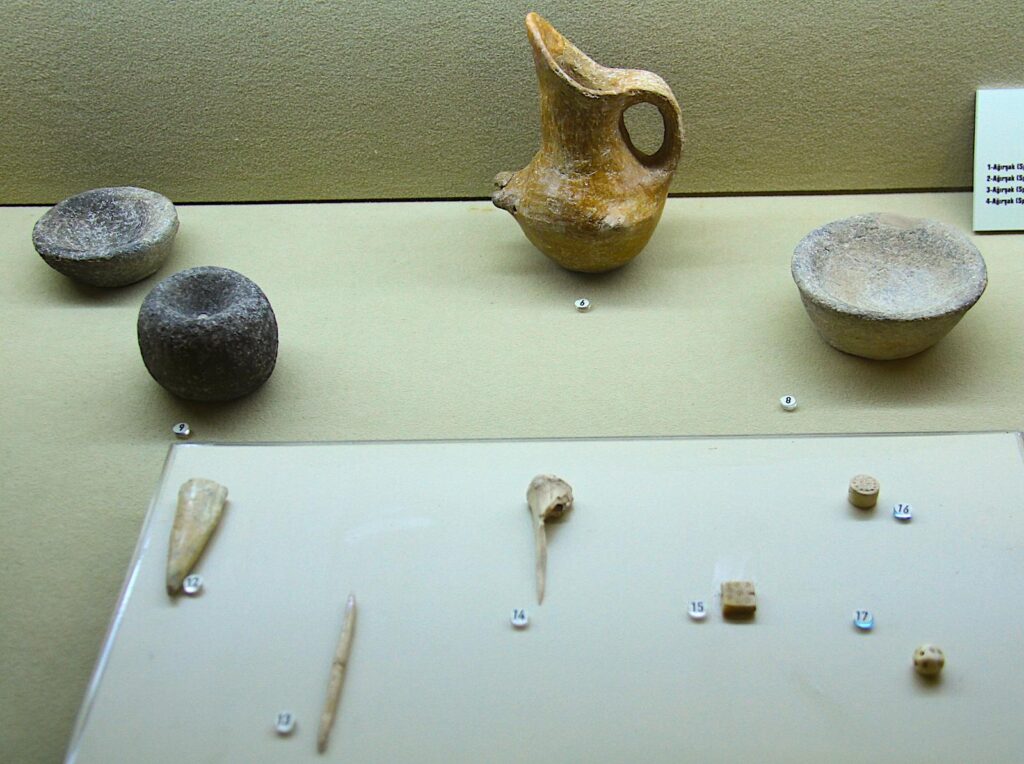
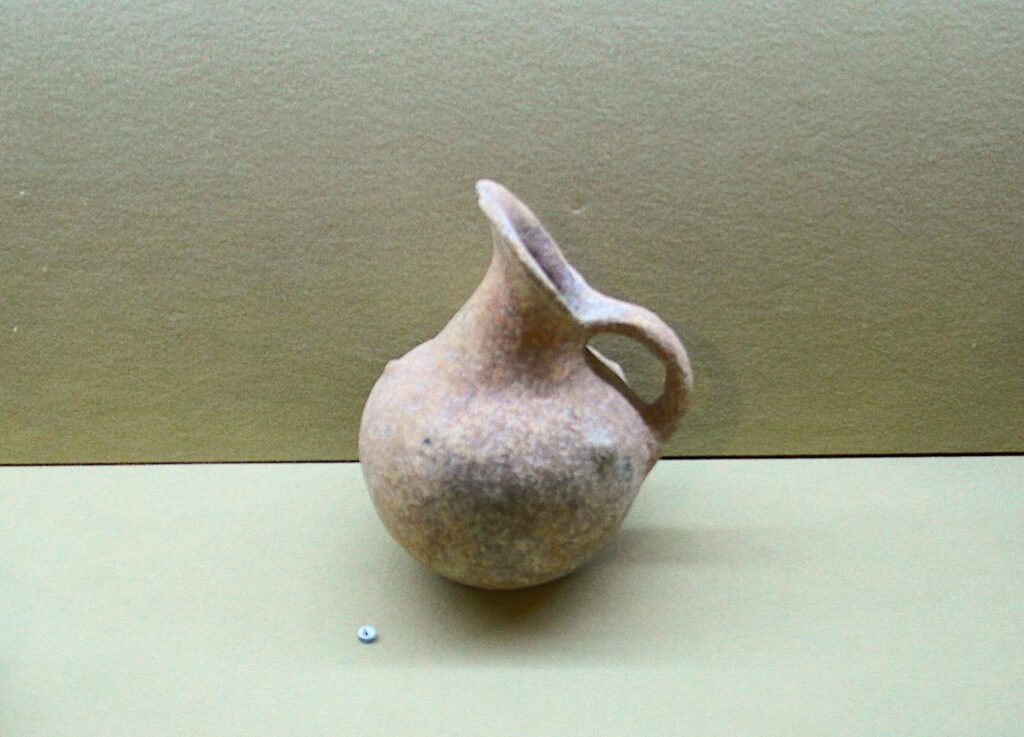
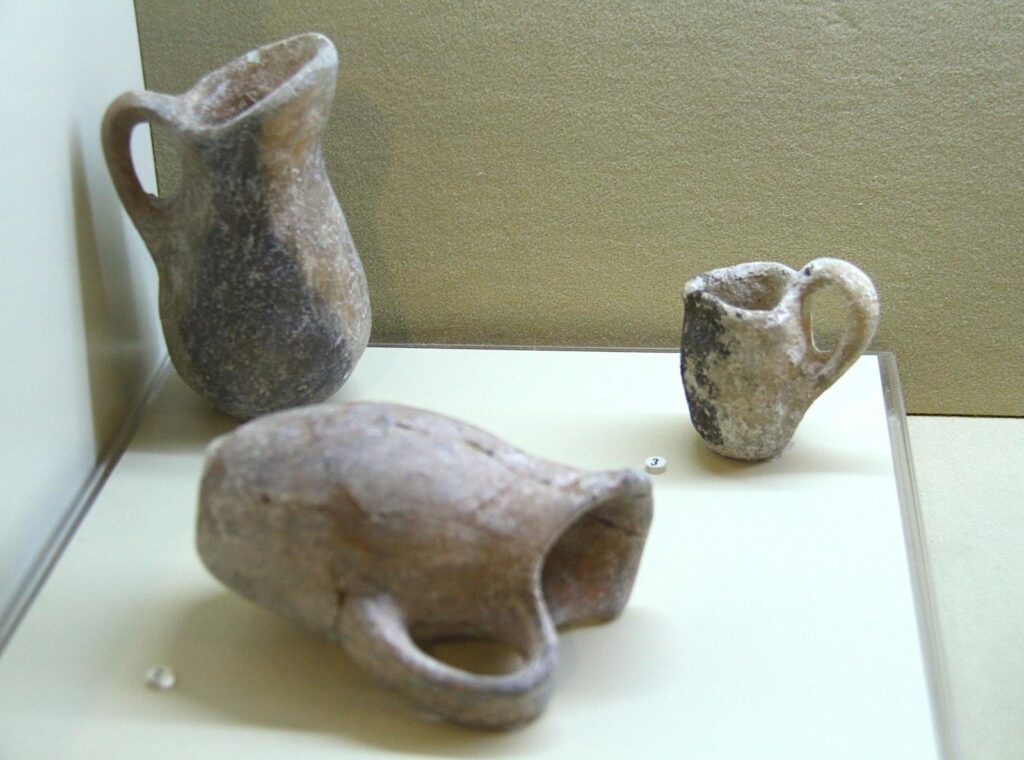
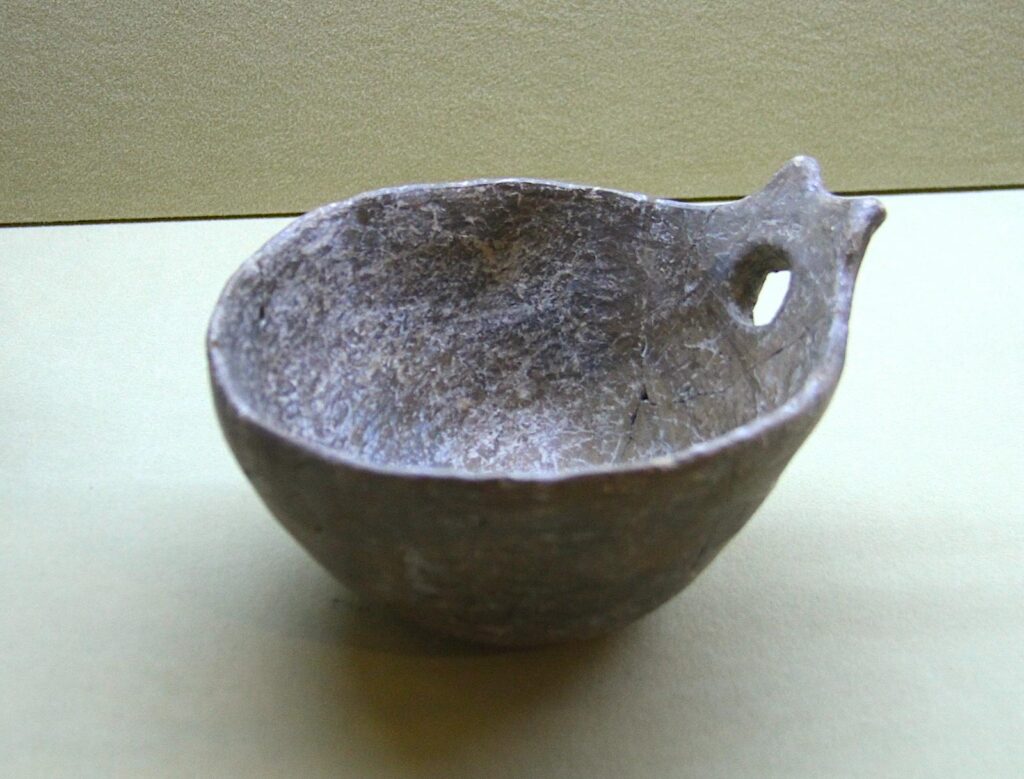
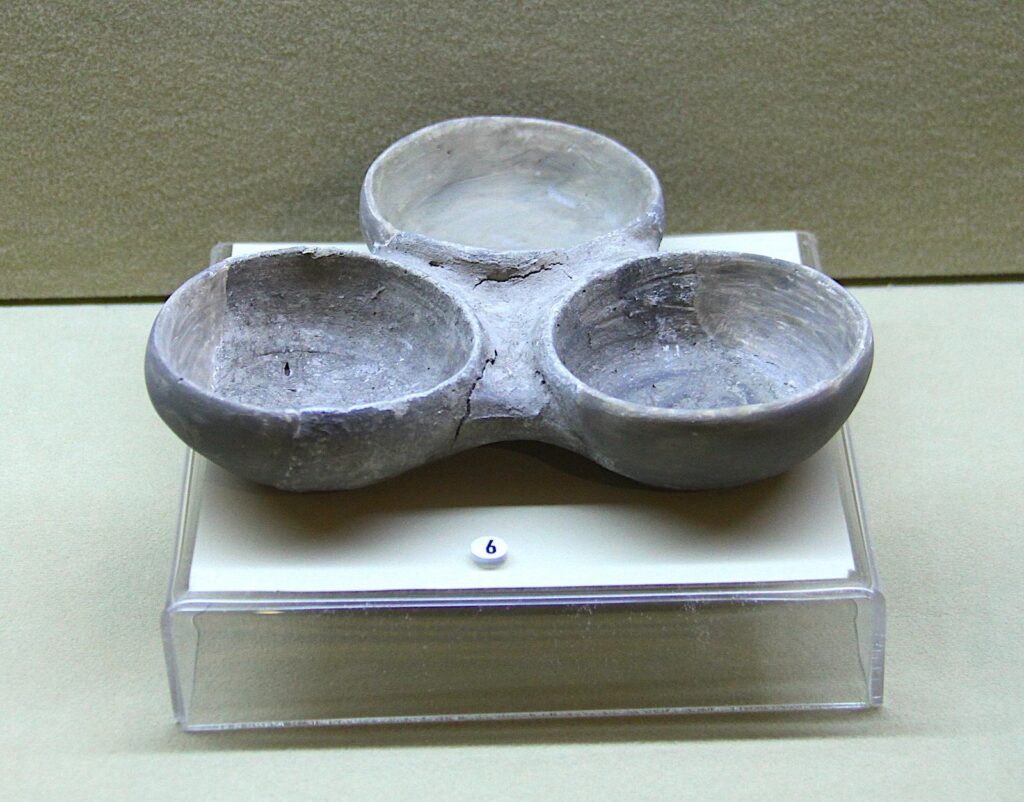
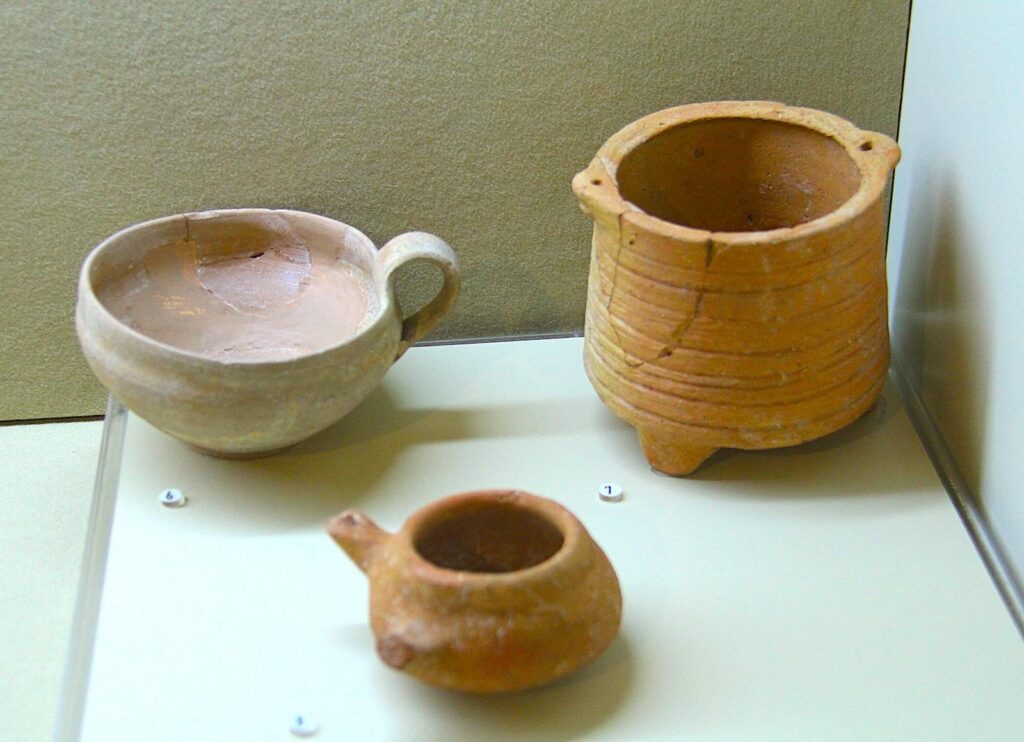
Geometric and Archaic Period Finds
Evidence of habitation from the Geometric Period (900–700 BCE) and Archaic Period (700–500 BCE) shows that the site continued to thrive after the Bronze Age. Pottery and other materials suggest strong cultural and trade connections with other Ionian cities and the Aegean islands.
Artefacts dated to 6th – 1st century B.C uncovered at Çeşme Bağlararası on display at Çeşme Castle Museum:
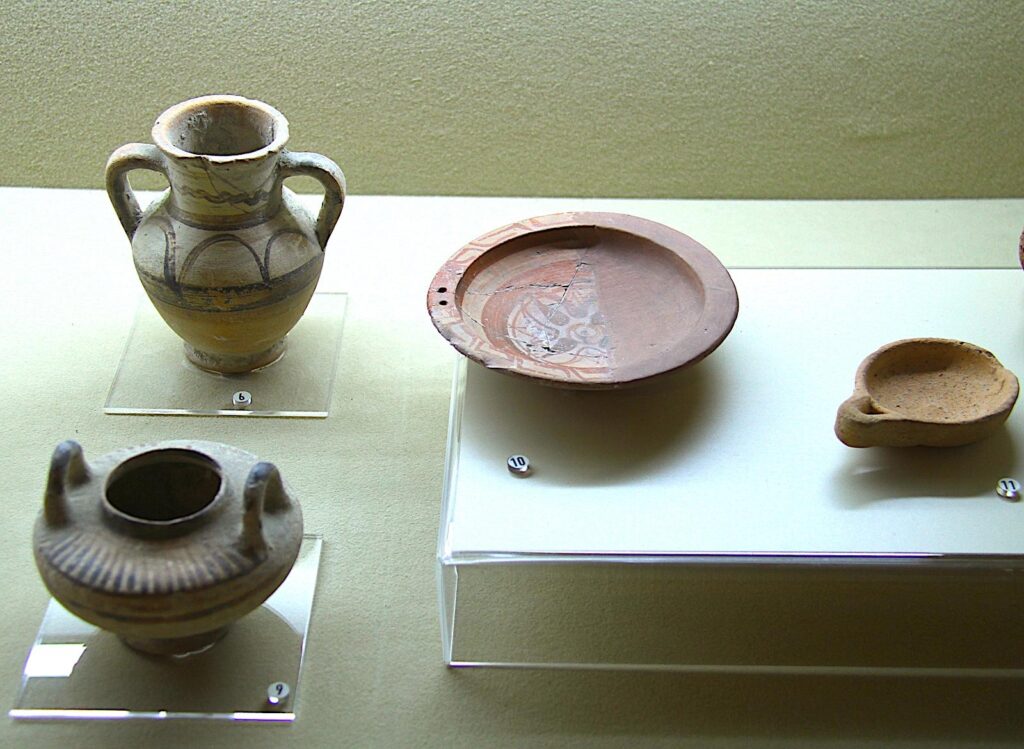
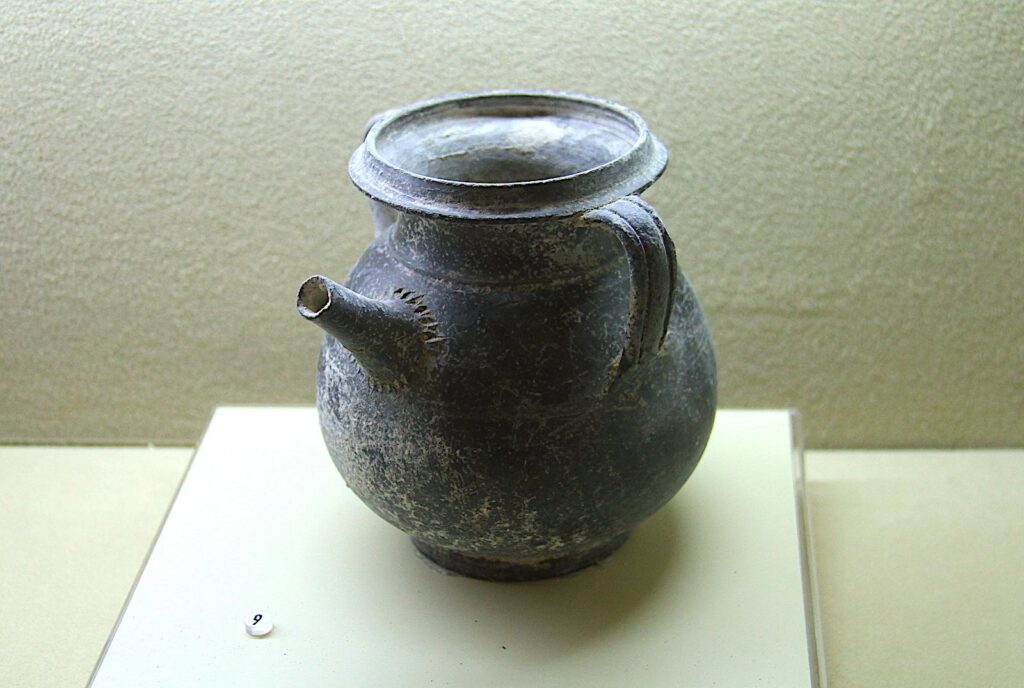
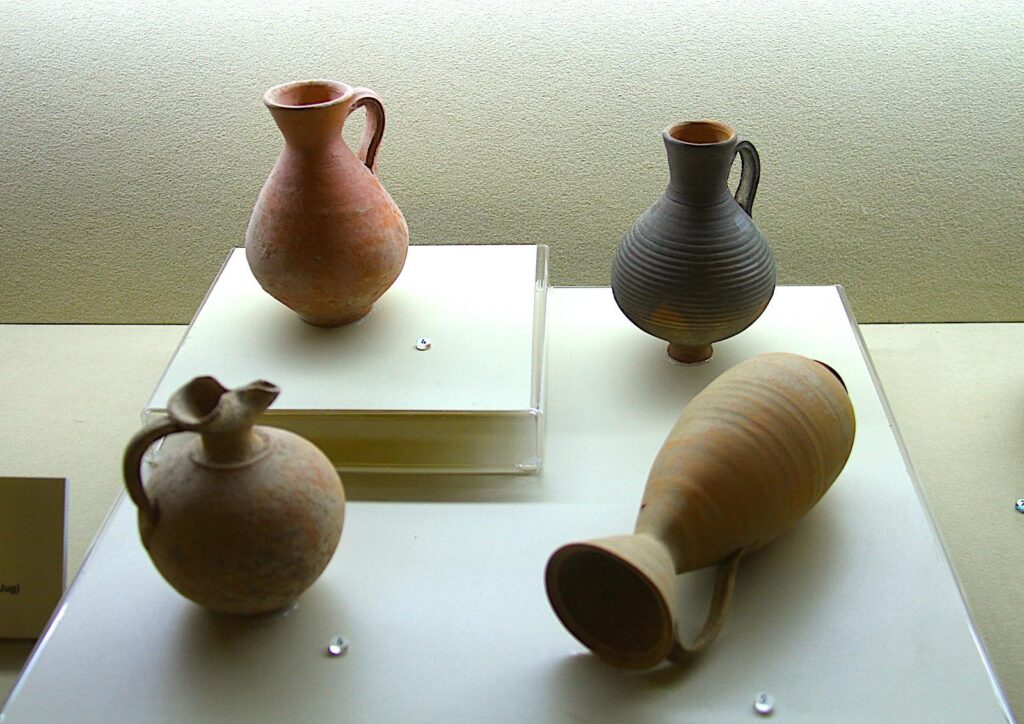
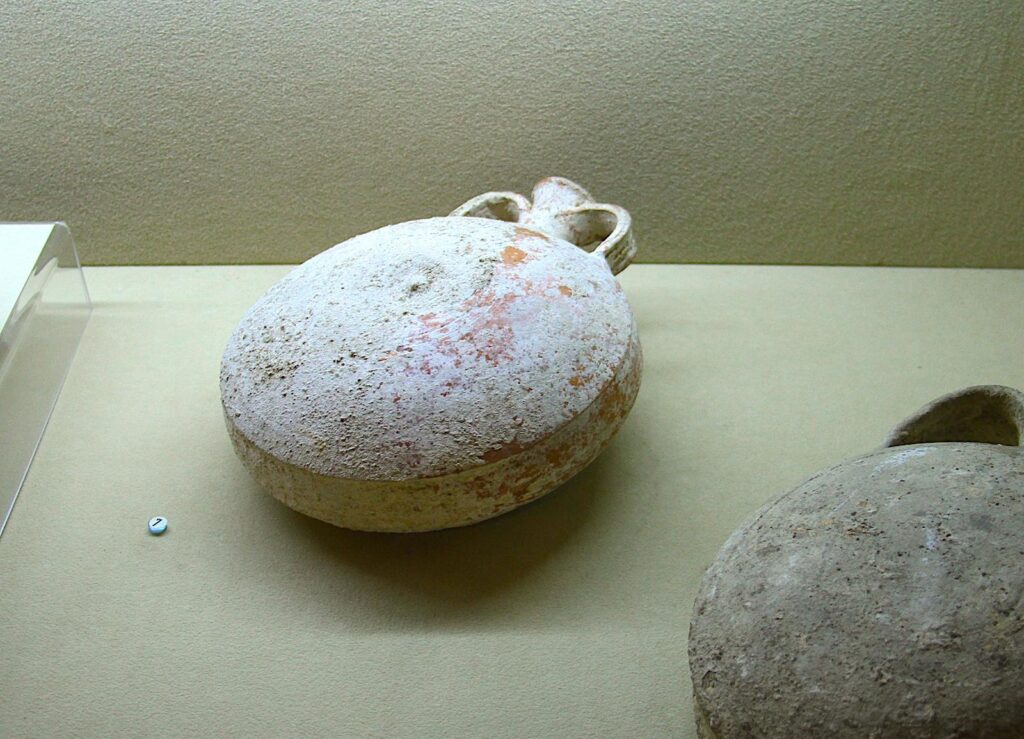
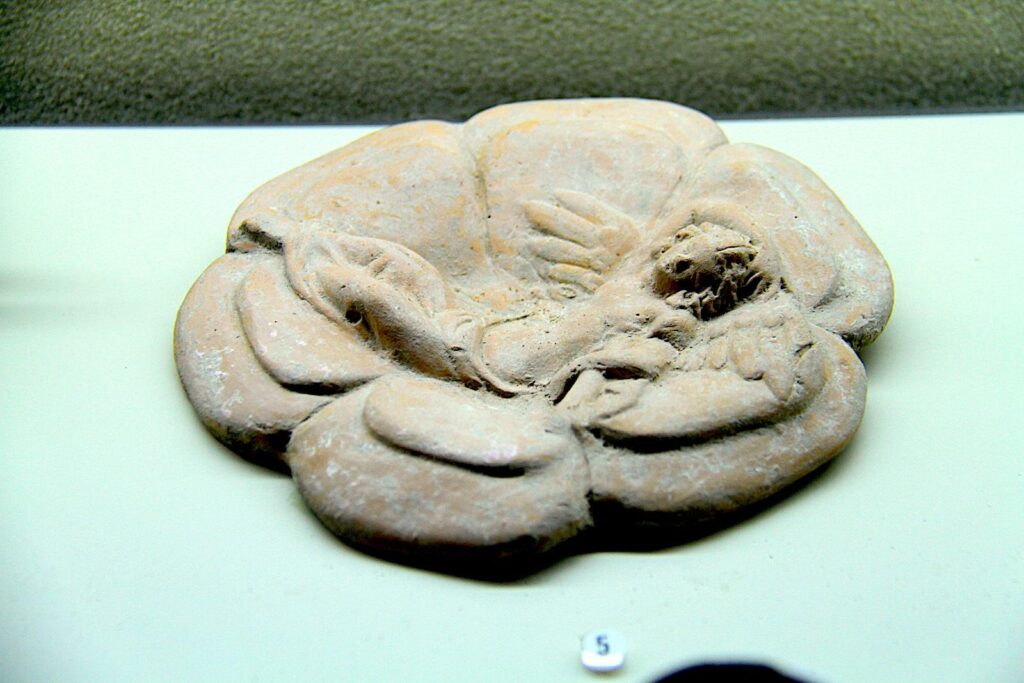
Minoan Influence in Çeşme
The period around 1600 B.C. constitutes the most magnificent period of the Cretan civilisation in the entire Aegean Sea when the richness of this region reached its peak, entirely under the influence of the Cretan-Minoan civilisation and the richness of this region. Therefore, all sea trade and all controls, from the Aegean and Mediterranean to Egypt and the Eastern Mediterranean coasts, were in the hands of the Cretan-Minoan civilisation. Grand palaces such as those at Knossos, Phaistos, and Malia in Crete ruled the region during this period. Raw materials and finished products from all these regions came to the Crete palaces, receiving the highest quality materials and products in the Aegean and the Mediterranean then.
Unique finds include pottery fragments and other artefacts with Minoan (Cretan) design influences, pointing to early trade and cultural exchange across the Aegean. This indicates that Çeşme Bağlararası was part of a network linking Anatolia, Crete, and the Cyclades. In this period, Çeşme was also an important port city. The excavations uncovered a winery structure, one of the oldest examples of Anatolia related to wine production. The Western Anatolian coasts have rich raw materials and minerals and were most likely used as the labour centre of the Crete-Minoan civilisation. For example, high-quality textiles were produced in this region, and finished products were used in Cretan palaces.
Roman Era Finds
Roman-era glassware was also discovered at Çeşme Bağlararası, though it is less prominent compared to the site’s Bronze Age finds. These glass artefacts belong to the later period and indicate that the area was continuously occupied or revisited during Roman times.
Roman era glass artefacts dated to 1st century B.C – 3rd century A.D. uncovered at Çeşme Bağlararası on display at Çeşme Castle Museum:
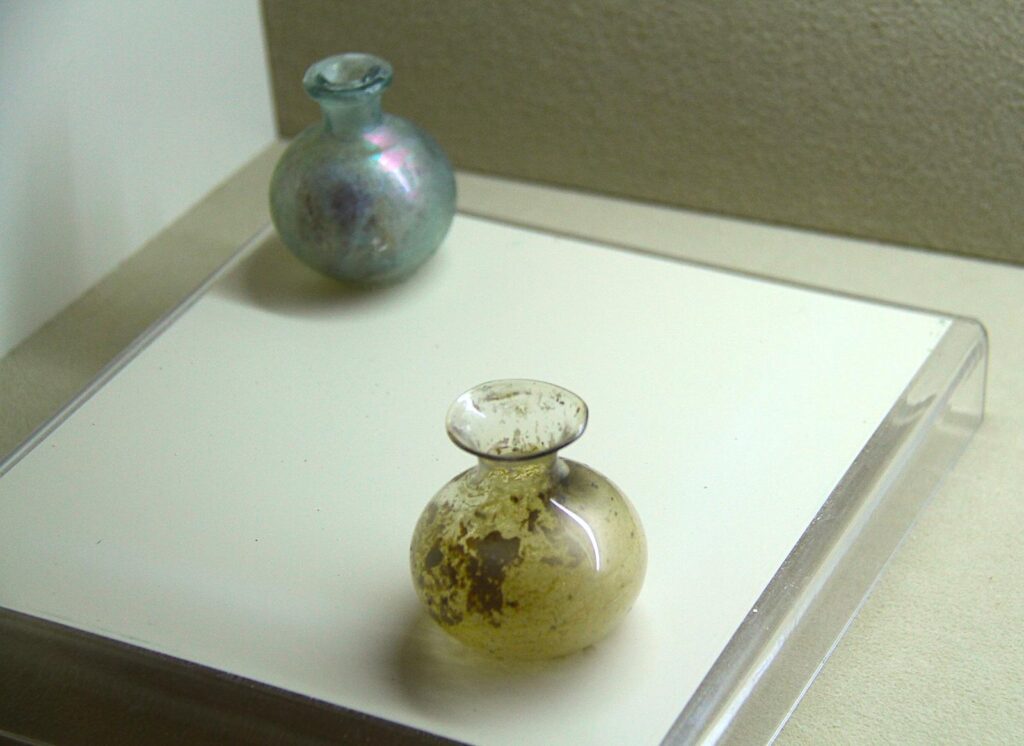
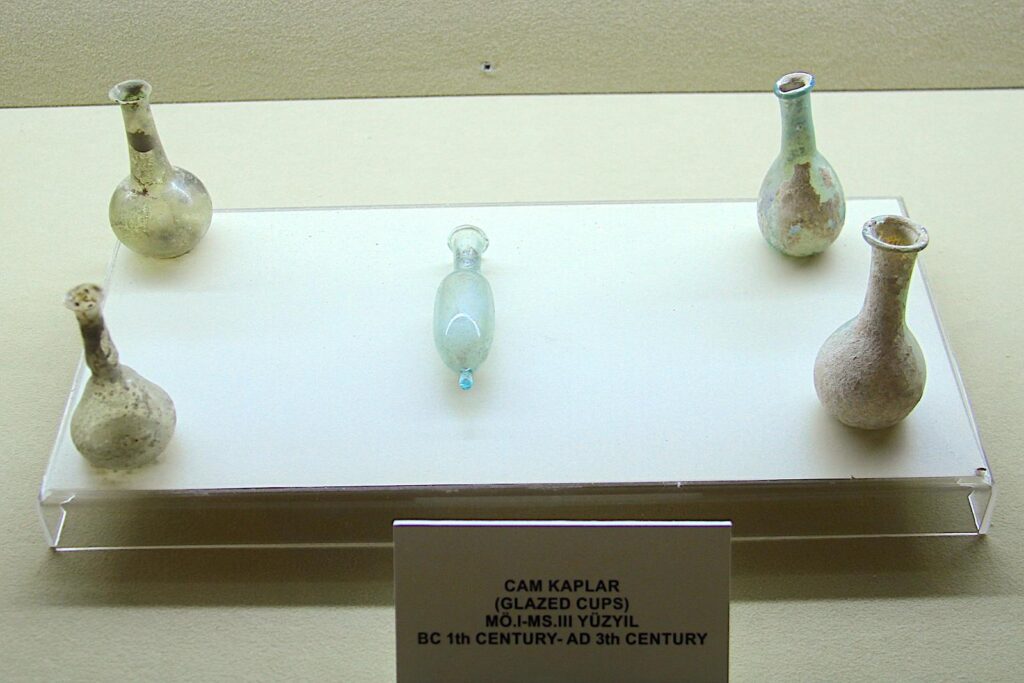
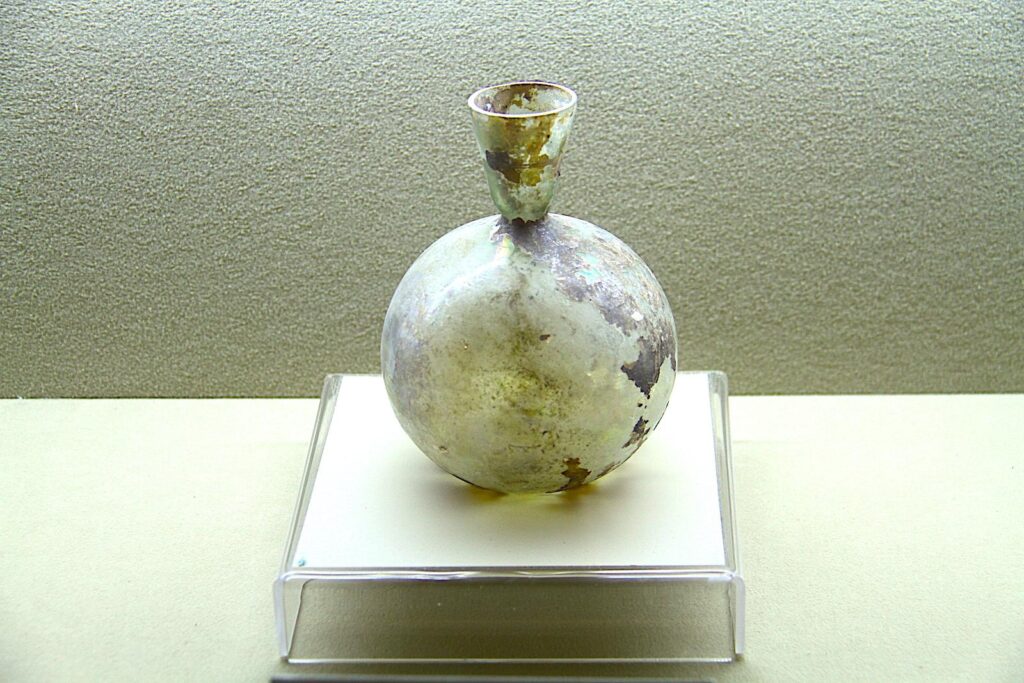
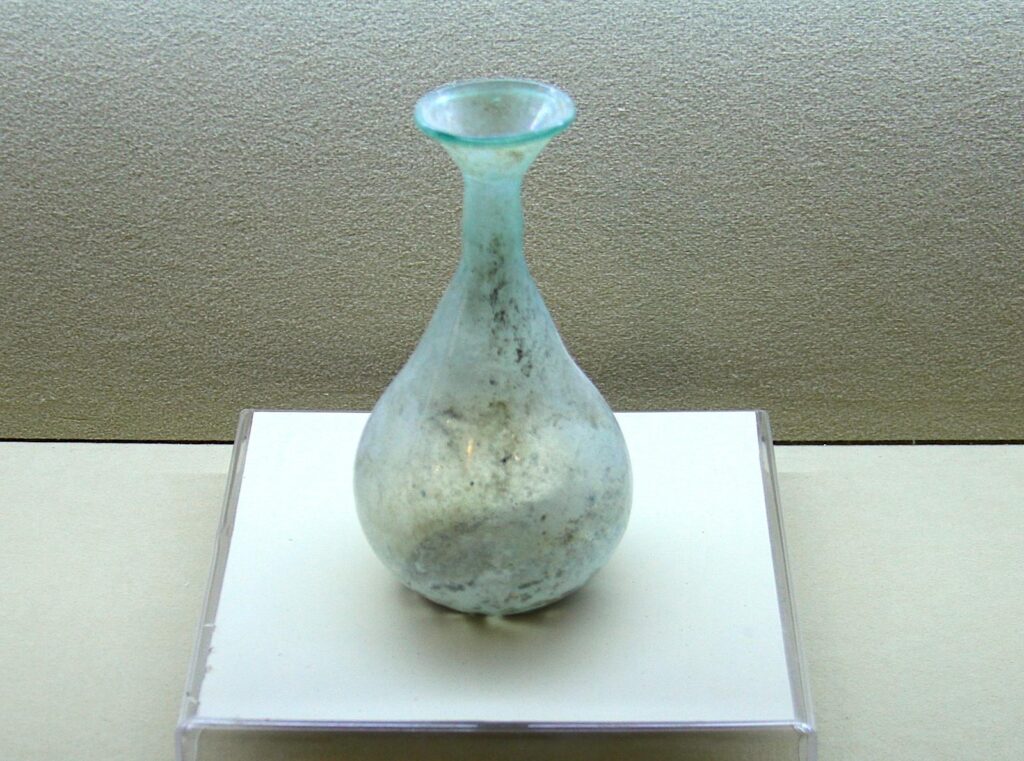
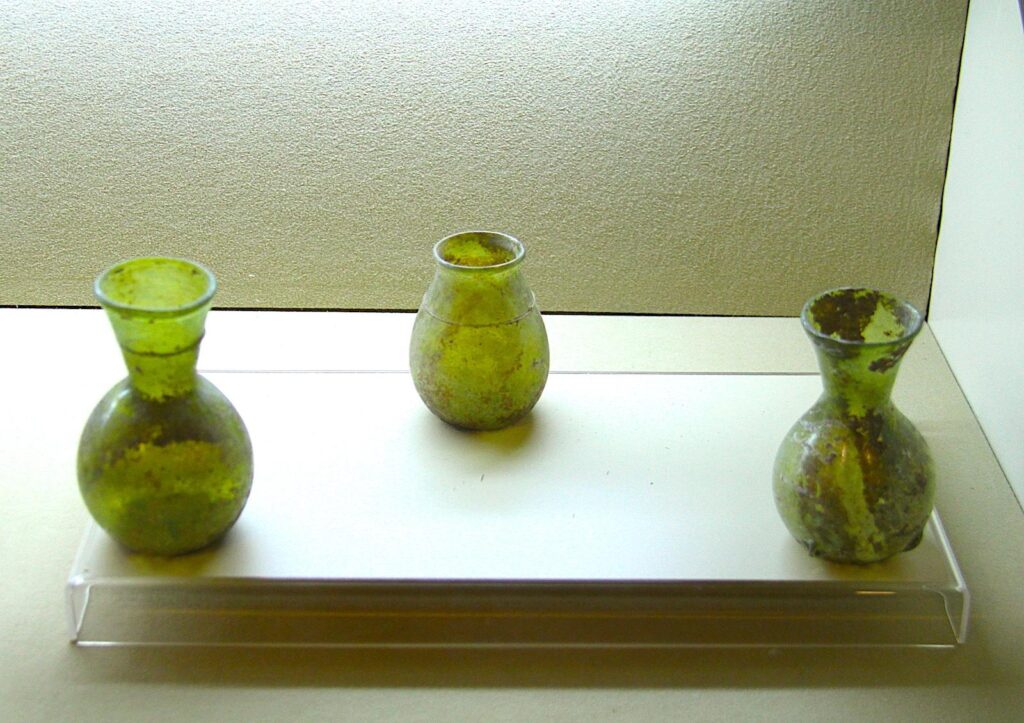
Water Structures, Weapons and Fortifications
Excavations have revealed cisterns and water management systems, highlighting the advanced infrastructure of the settlement. Some finds, including weapons and fortifications, suggest the settlement may have also played a defensive role in protecting trade routes.
Çeşme Bağlararası Maritime Connection
Given its proximity to the Aegean Sea, Çeşme Bağlararası was likely a crucial port town. The discoveries suggest that its inhabitants were skilled in seafaring, shipbuilding, and trade, particularly in agricultural goods like olive oil, wine, and possibly mastic gum from nearby Chios. The settlement’s maritime focus connected it to the broader economic and cultural networks of the Aegean and Eastern Mediterranean.
The Santorini Eruption Catastophy of 1600 B.C.
In 1600 B.C., the settlement of Akrotiri on the Island of Santorini (Thera) was one of the most popular settlements in Knossos. It was like a copy of Crete, with wall paintings and all its riches. The volcano on the island of Santorini (Thera), 227 km south of Çeşme, erupted in a series of explosions, and most likely, there were numerous earthquakes before these explosions.
Scientists contend that the Santorini volcano dates from 1520-1530 B.C. or 1630 B.C. While the Çeşme-Bağlararası studies do not point to either of the dates being more likely, it has revealed that the Santorini explosion was a much larger event with much more terrible effects than previously known. This event is one of human history’s most significant natural events. The blasts caused the central part of Santorini Island to collapse into the sea, triggering tsunamis. It is thought that the traces of the volcanic ashes coming out of the ice cores at the poles and the effects of this event can be seen in tree rings in North America. So much ash was scattered in the sky that the sun was not visible on Earth for a sustained period.
Although the palaces destroyed by the explosion were later renovated, the Cretan civilisation began declining after this stage, and the Mycenaean civilisation in continental Greece took its place.
Evidence of Tsunami in Çeşme
One of the most intriguing discoveries at Bağlararası is evidence of a tsunami event dating back to the Late Bronze Age. Geological analysis and excavations show that the settlement was affected by this natural disaster, likely connected to the Thera eruption (on modern-day Santorini), which caused widespread destruction across the Aegean. This finding underscores the vulnerability of coastal settlements in antiquity to natural disasters while providing valuable data on how ancient communities responded and recovered.
Ash was found in a straight line above the tsunami remains. This indicates that first, there is an explosion, the ash erupts into the air, and at that moment, tsunamis begin to form in the sea. The tsunami waves go to the shores, but the ash in the sky takes longer to fall. Therefore, ash falls on the remains of the tsunami. Marine signs created by the tsunami under the ash and the examined ceramics dug out according to their periods show materials from the explosion period under the ash. Also, there are materials from the same period above the ash. The scientists conclude that the tsunamis came, ashes fell, and the tsunami came again, with the whole event taking place simultaneously and over a short period. During the studies, archaeologists determined that at least four tsunamis were in Çeşme-Bağlararası.
ne of the pits during the excavation. This pit was not a grave, and at first, it was thought that someone was thrown into the pit, possibly Çeşme’s oldest murder. Further examinations revealed that this skeleton may also belong to someone who lost his life during the tsunami.
Visiting Çeşme Bağlararası
Location: Musalla, 1025/1036. Sk., 35930 Çeşme/İzmir
While Çeşme Bağlararası is in the centre of the town, just 200 metres from the Marina, surrounded by residential apartments, it is an unimposing site fenced off and largely covered over. The site primarily focuses on ongoing archaeological research; visitors may find opportunities to explore select areas or view artefacts displayed in nearby museums, such as the Izmir Archaeological Museum, which houses artefacts from Bağlararası, including pottery and tools. Çeşme Castle Museum displays a few findings about the site and its historical context.
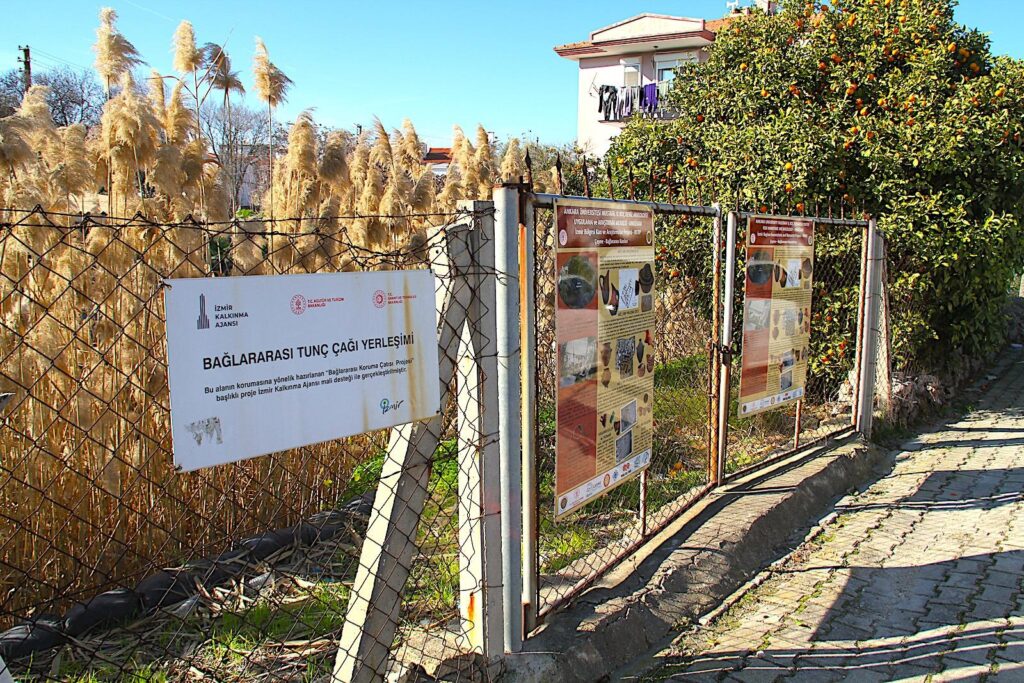
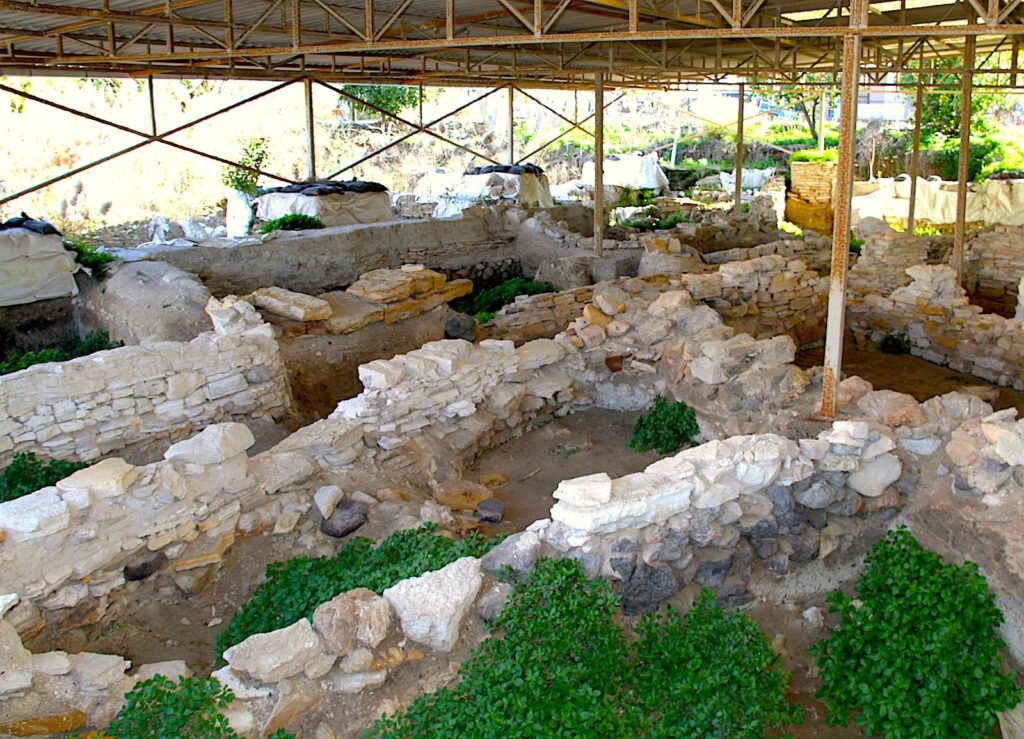
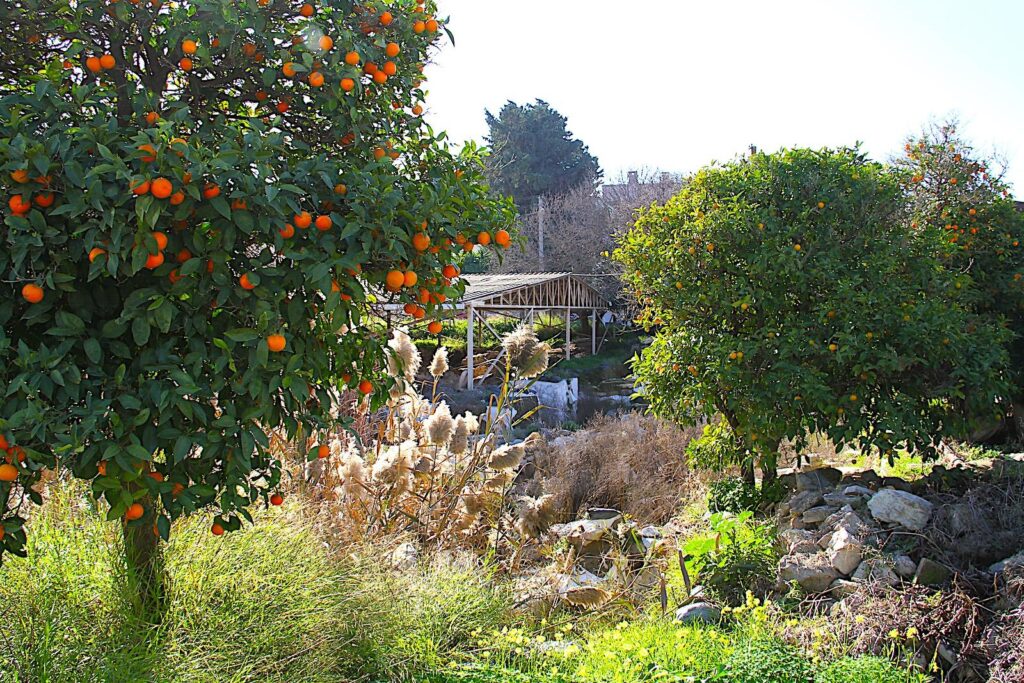
There is also a smaller excavation site on 1027 Sokak which is largely covered over but unfenced.
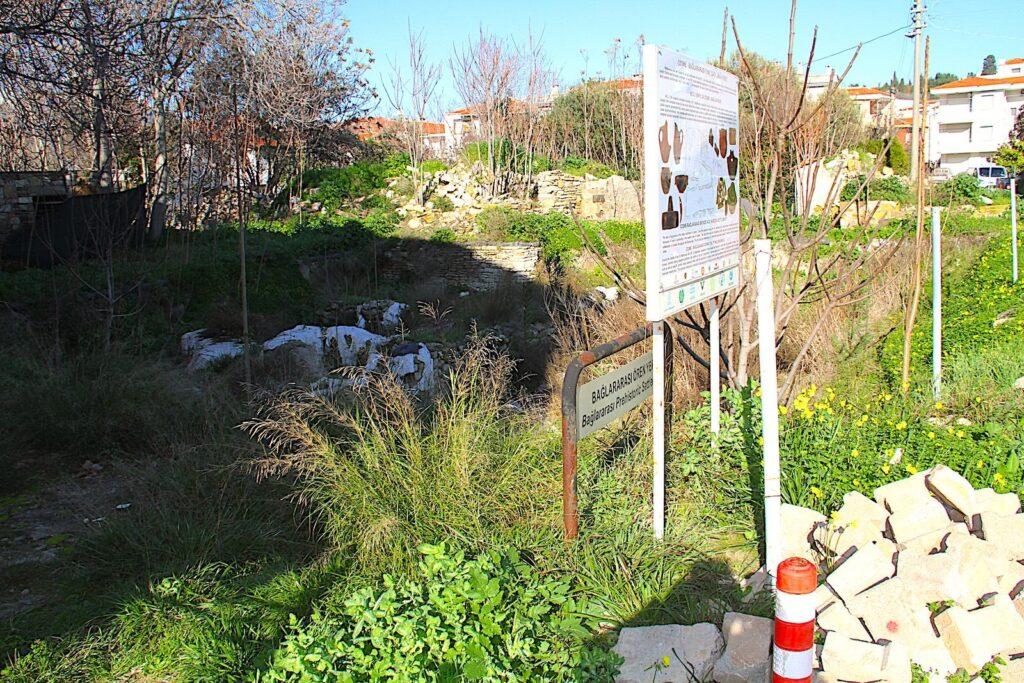
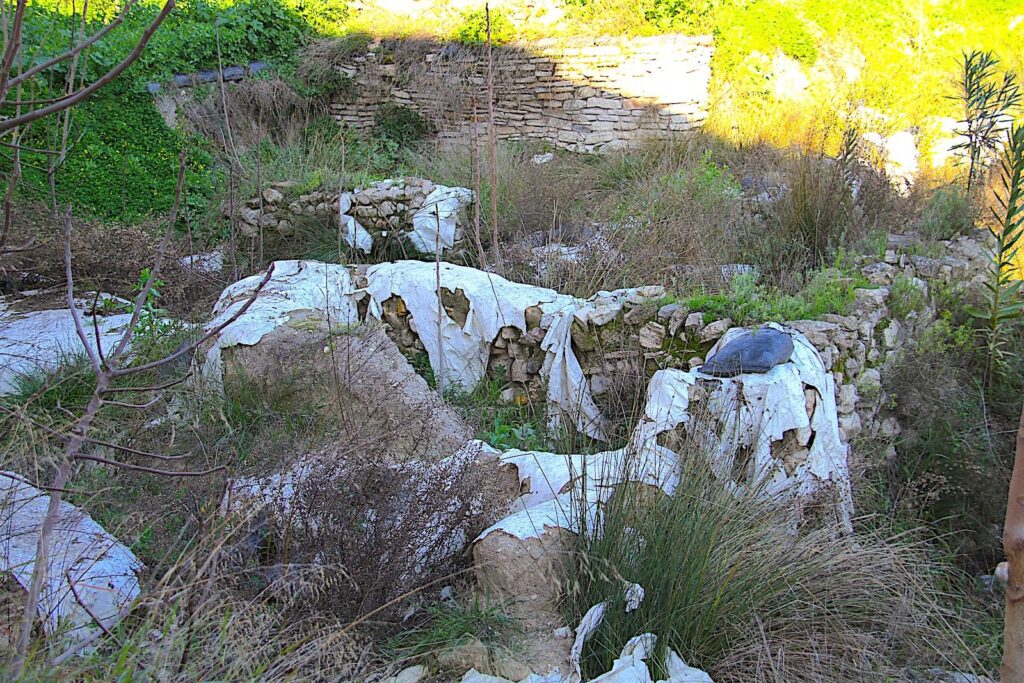
Çeşme Bağlararası Importance to Çeşme’s Identity
Çeşme Bağlararası has cemented Çeşme’s place as a site of historical significance, linking its modern identity as a luxurious Aegean destination to its ancient roots as a bustling maritime hub. The site enriches the cultural narrative of Çeşme and offers a tangible connection to the past.
Archaeological Excavations at Çeşme Bağlararası
See Ankara University – Archaeological Excavations at Çeşme Bağlararası (Turkish website)
Archaeologist Hüseyin Vural discovered the site by chance in 2001 and took the necessary measures to halt the redevelopment of the area, which would have destroyed the critical findings that have brought to light a very little-known subject in Anatolian archaeology. This study is an excavation jointly carried out by Çeşme Archaeology Museum and Ankara University between 2002 and 2005 led by Prof. Dr. Hayat Erkanal. The excavations started again in 2009 under the chairmanship of Prof. Dr. Vasıf Şahoğlu.
Excavations revealed that a massive earthquake occurred here about 3700 years ago. During this great earthquake, the entire settlement was destroyed, the buildings used at that moment were utterly destroyed, and the life in the settlement was interrupted. A critical building that collapsed and went out of use during this earthquake is a winery building, one of the oldest known wineries in Anatolia. It has an arrangement in which wine production is carried out, and the product obtained is matured and stored. Two parts have been detected with a trapezoidal front space form, allowing the grapes to be crushed and juices extracted. In addition to these arrangements, various crushing stones and large storage pots with human facial reliefs were found.
Three small rectangular spaces below the base level have been identified. The entrances of these places are without doors and would have been accessed from above. Many fish bones and some carbonised wheat and grape-kernel have been uncovered, indicating they were probably used as a cellar. Carbonised almonds were also found in the same place. The space in the middle is separated from the others by a plastered floor and side walls and probably serves as a cistern in which the grape juice is fermented and turned into wine. The third section, located in the northernmost place, is laid with slabs and stones. Many clover, beak and round-mouth tests and hemispherical bowls were uncovered in this place. These containers are essential to store wine, transport it from place to place and for consumption.
Future Development of Çeşme-Bağlararası
The archaeologists wanted to continue excavation at Çeşme-Bağlararası for several more years. However, excavations ended in 2019 because they had no further place to dig in that area as everything was private property. The two parcels in the part where the settlement dated to the 2000s B.C. passed to the Treasury. A project was made there before the excavation was completed with the İZKA-İzmir Development Agency. The Ministry of Culture also made its contribution. A roof proposal was prepared for covering the campus, and the İzmir Board considered it a tourist excursion route, but to do this, there needed to be financial support.
The findings from prior excavations, including the Tsunami skeleton discovered in 2017, continue to be analysed, giving insight into ancient Çeşme and the Thera Eruption Catastophy of 1600 B.C.
Social Media
British School of Athens: New Evidence for Thera Eruption Tsunamis at Çeşme – Bağlararası in Western Anatolia YouTube Video Lecture (December 2023) 1 hour 7 minutes 26 seconds
